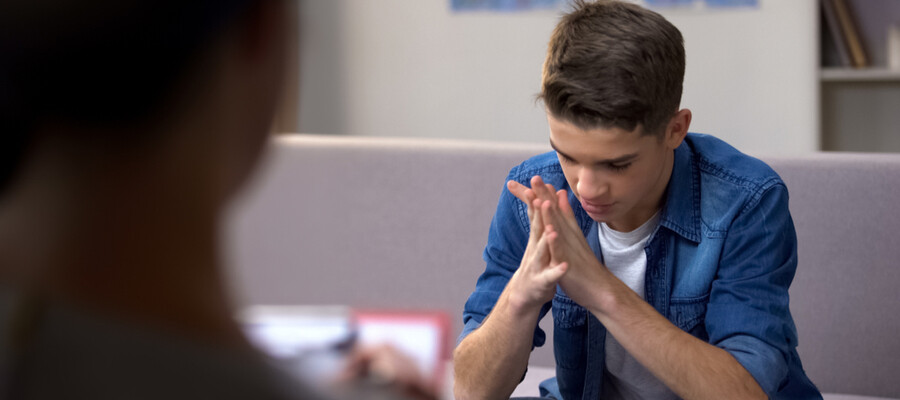Teaching attracts people who have a burning desire to make a difference in the world. Nowhere can they achieve that goal better than when working with at-risk students. On any given day, the job can involve saving lives, changing communities, and standing up as a champion for someone who might otherwise never finish school.
It’s a rewarding job, but a difficult one. Knowing the challenges teachers face when they help at-risk students succeed, Marian University instructors started a program 30 years ago to provide special training in the field.
Today, the school offers the program’s modern version 100% online. The Master of Arts in Education, Area of Focus: At-Risk and Alternative Education (ARAE) focuses on giving teachers the skills they need to work with at-risk students in any educational setting.
Every ARAE program graduate wants to do more than just keep at-risk kids in school. Rather, they want to help them “have lives of significance,” said Dr. Anthony Dallmann-Jones, director of Marian University’s At-Risk and Alternative Education MAE program.
As for teachers in the program, he added, “My informal goal is to train educators so well that they can be air-dropped into a classroom of at-risk kids and by the evening bell they’ll have things moving along effectively.”
What Makes Someone An At-Risk Student?
A number of factors can lead to a child becoming an at-risk student, according to the National Center For School Engagement (NCSE). They include youth who are:
- Homeless or transient
- Involved in drugs or alcohol
- Abused sexually, physically or emotionally
- Mentally ill
- Neglected at home or living in stressful family environments
- Lacking social or emotional supports
- Involved with delinquent peers
Teachers and school officials identify at-risk students when they engage in behaviors that research has shown are typical for those who fall into one of the above areas. They can include skipping school, running away from home, underage drinking, engaging in sexual behavior, bullying or harassing others, and vandalism.
If no one intervenes, these behaviors can lead to dropping out of school. This, in turn, can lead to low-paying jobs, unemployment, and even criminal activity when at-risk students become adults.
Gifted children can also be at risk because they are so far ahead of classmates that they disengage or become reluctant learners.
How Teachers Learn to Help At-risk Students Succeed
The Marian University ARAE program benefits classroom teachers, but you don’t have to be one to earn the degree. The program offers knowledge for teachers who work with at-risk youth in all settings. That means the graduate program attracts youth workers, social workers, prison educators, correctional officers, and detention center educators. Church educators and those who work with homebound students also enter the online program.
All 10 courses in the online master’s degree program align to focus on the goal of creating better teachers for at-risk students. In addition to academic success, graduates also learn how to address issues such as character development and life skills.
Students in the ARAE program learn to recognize risk factors for vulnerable youth, assess the needs of at-risk youth, and design and implement alternative education methods.
Students do not have to have a teacher’s license or take the GRE but must have a bachelor’s degree. The ARAE graduate program takes 14 months to complete. Each class lasts seven weeks. Faculty includes professors who have decades of experience working with at-risk youth in a variety of settings.
Students in the program benefit not only from faculty experience but the depth of knowledge in the program, which has evolved with the latest research on at-risk students in the past three decades.
“We have big goals,” Dallmann-Jones said about graduates from the program, adding that program graduates are “changing the world and saving lives. And I’m not kidding.”


